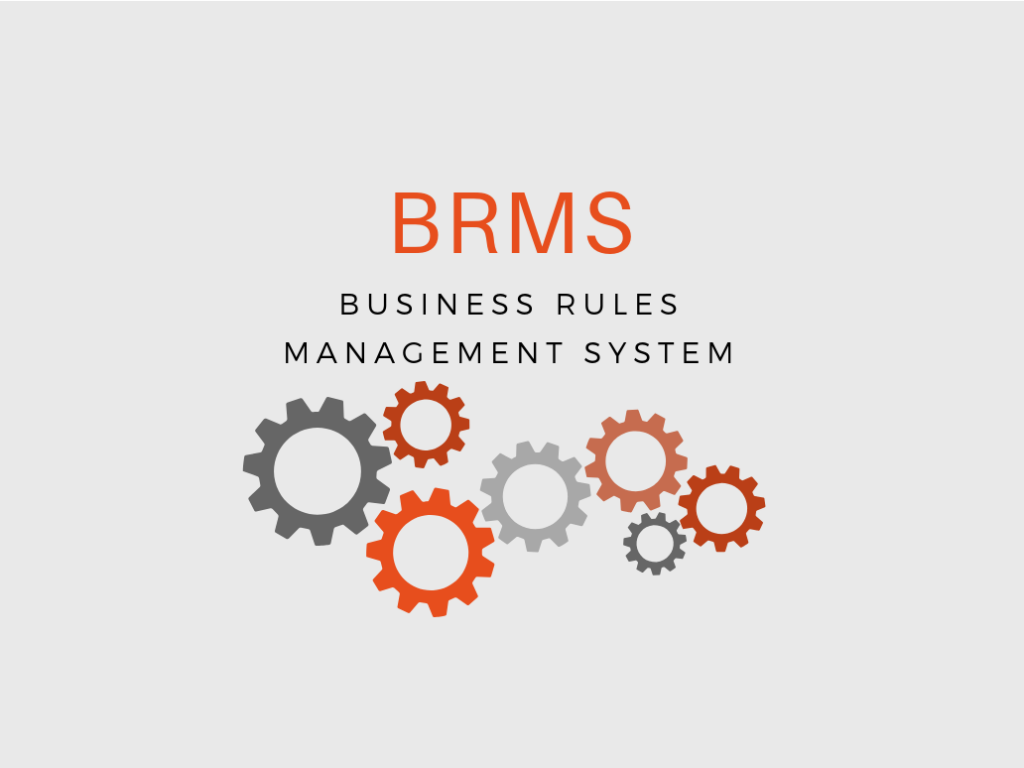Most businesses are driven by making the right decisions, e.g. do “do we grant the loan, yes or no”, “accept the claim, yes or no”. Automating decisions makes companies responsive and efficient. That is the first advantage, this is good but not sufficient. Equally important is being able to flexibly adjust the decision outcome for changing circumstances and changing business goals. E.g. an insurance company that during a promotional campaign aims to win market share, will apply different eligibility rules and prices than in times when the same company just aims to consolidate market share.
So making the right decision requires:
1
Automating the decision to make fast and efficient high quality decisions.
2
Allow business users to easily change the parameters to align with business objectives.
If one or more of the following applies, it could be beneficial to automate the decision:
Repetition
The decision is taken many times. E.g. for a car lease company “accepting a customer to lease a car” or for an insurance company “determining the price of a coverage”.
Multiple variables
To make the decision different variables need to be checked. E.g. for the lease company, “is the customer creditworthiness sufficient”, “is the damage history acceptable”, etc.
Business impact
Does the decision have an impact on achieving the company’s business goals. Improving the quality of making business critical decisions will have a direct impact on the bottom line.
Data
Does the data needed to make the decision come from different sources or should the data be dynamically derived in real time.
Fast responses
Regulatory changes, competitor behaviour or changed market conditions, require fast and high quality responses. Instead of having IT departments change the parameters of a decision, business users should be able to do it.
Time-to-market
Reducing the time-to-market of new products from months to weeks is in todays dynamic markets a must. Using a decision management system caters for fast implementation of new products.
The Key Concept Of a BRMS
(Business Rule Management System)
Making a decision requires applying different rules, policies and calculations, also referred to as Business Logic. Instead of having the business logic hidden in complex systems or procedures, in a BRMS the business logic is separated and clearly structured available to business users in table format or graphically represented. This will make maintenance and adjustments extremely simple and fast. Often the implementation of Decision Management system requires the transformation towards a more flexible IT architecture. Decide4AI’s Architectural team are the specialists to support you, for more information.

Implementing a BRMS solution
Implementing BRMS requires a disciplined and structured approach. Decide4AI supports
organisations in all phases of the process.
Analysing business
goals and KPI’s
Defining the key decisions and alignment with business goals
Identifying rules, calculations and procedures (business logic)
Selecting, testing and deploying the BRMS
Defining and implementing the right IT architecture (see also Flexible IT architecture)
Implementing decision management maintenance and governance strategies
Analysing business
goals and KPI’s
Defining the key decisions and alignment with business goals
Identifying rules, calculations and procedures (business logic)
Selecting, testing and deploying the BRMS
Defining and implementing the right IT architecture (see also Flexible IT architecture)
Implementing decision management maintenance and governance strategies
Examples
- Product & loan eligibility
- Dynamic pricing and quoting
- Credit scoring
- Compliance
- Fraud detection
- Identifying cross-sell and upsell opportunities
- Underwriting
- Claim assessment
- Commission calculation
Machine Learning and Optimisation
Making a decision more real time and more intelligent may require the use of machine learning and/or optimisation. Machine learning allows to quickly analyse large amounts of data to learn about trends and correlations. E.g. actions of competitors may influence the buying behaviour of consumers. In real time detecting the changes, finding the cause and taking remedial action, could prove to be very valuable. Optimisation is about balancing between different competing business goals. Optimisation may improve the decision making process by continuously optimising the results of decisions and automatically changing the parameters if needed.
Decide4AI
The Decide4AI Decision Management team is one of the leading European teams specialised in Decision Management and Rule Based Systems. Over 15 years and altogether more than 250.000 hours of experience! Let us support you in the analysis, implementation and maintenance of your BRMS. Get the most out of your data, business logic and turn your organisation into an agile, efficient and customer focused business.
Partner of IBM ODM and RedHat Decisions Manager
About 15 years ago the founders of Decide4AI came from the IBM decision management world (then Ilog) and started Decide4AI. Our company was born as a specialist Decision Management / Optimization company and today we are still a leading IBM ODM / Red Hat Decision Manager partner in Europe.











